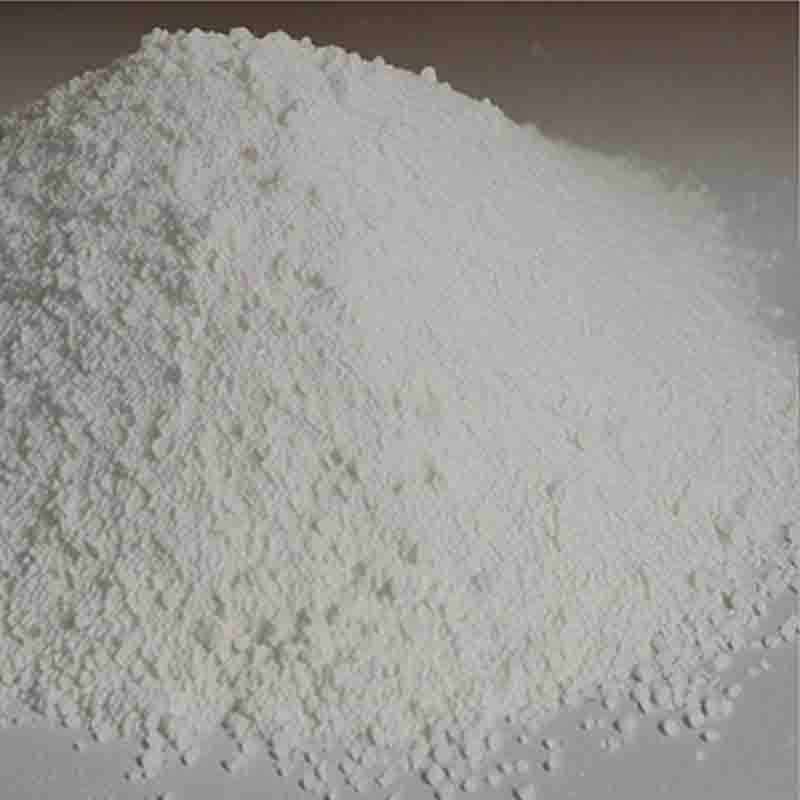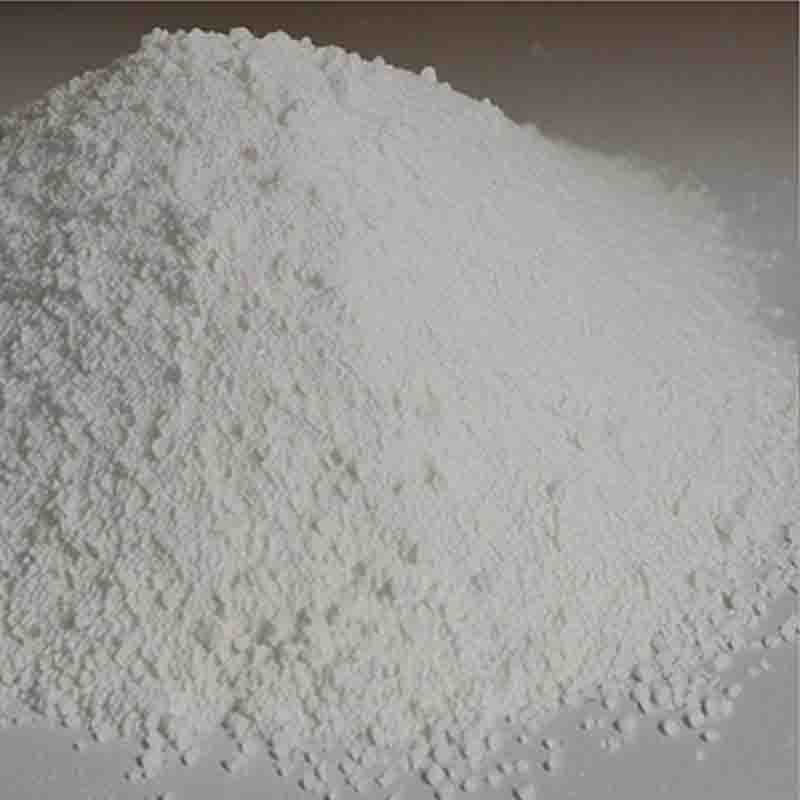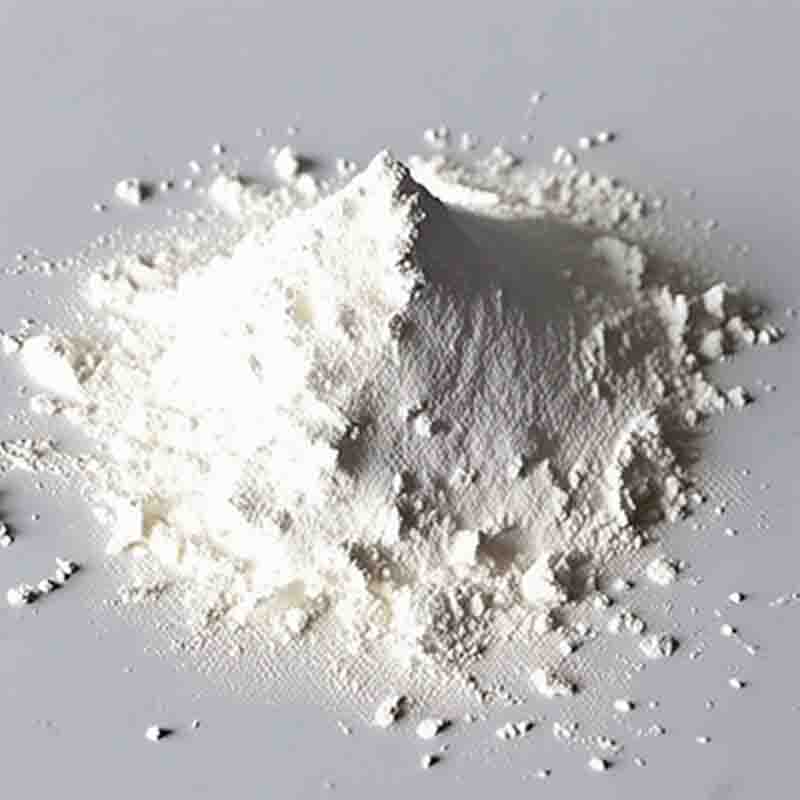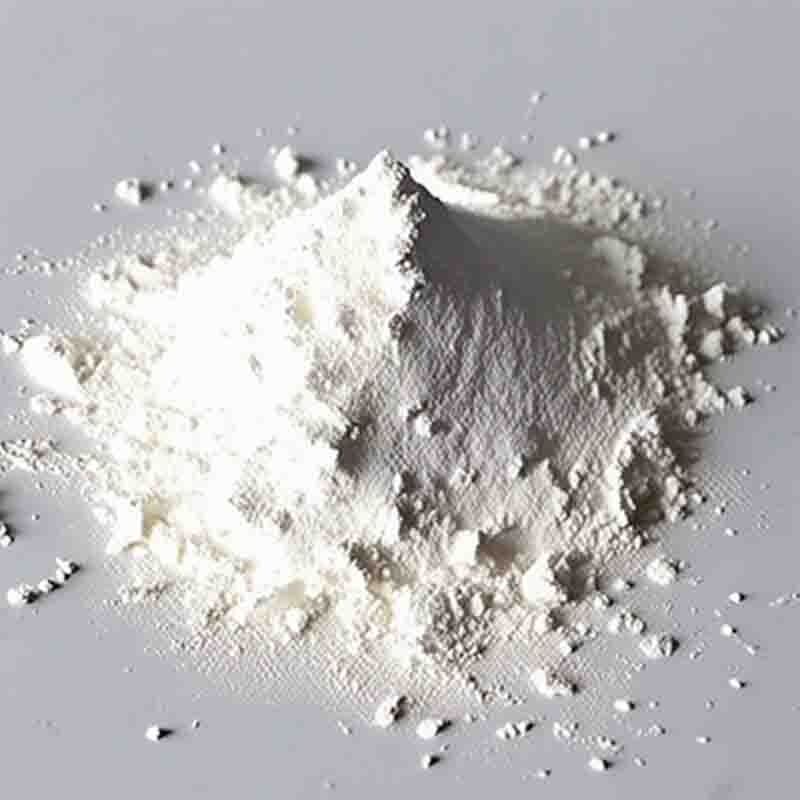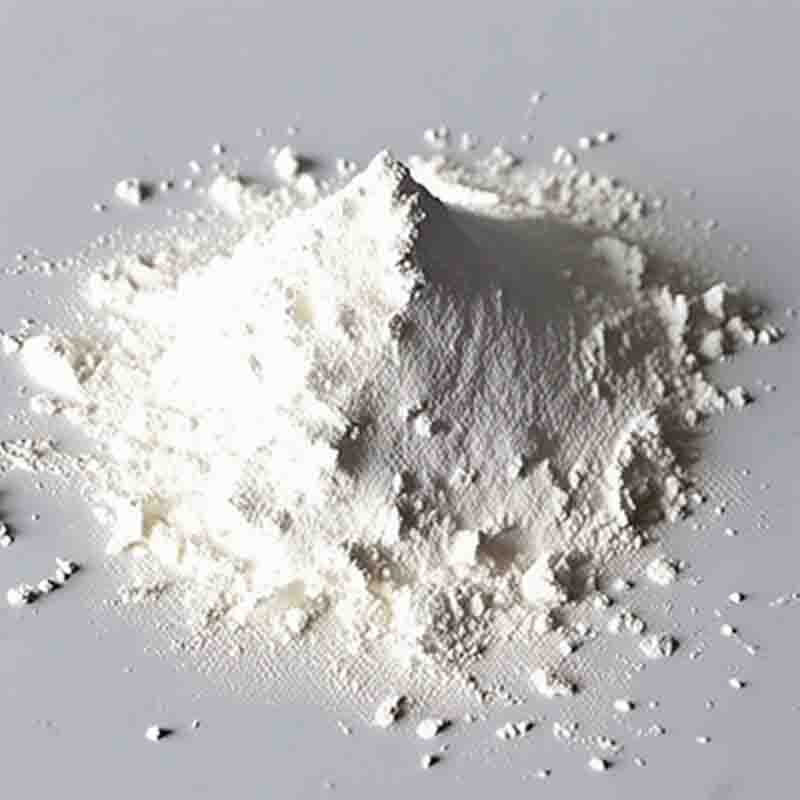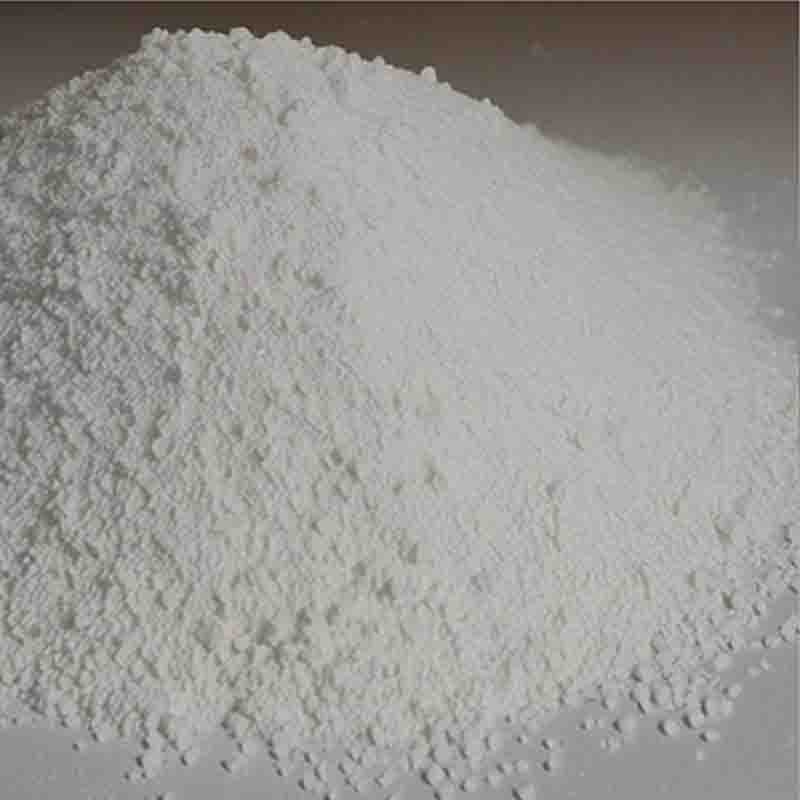Rhodium(II) octanoate dimer CAS: 73482-96-9
| Catalog Number | XD94406 |
| Product Name | Rhodium(II) octanoate dimer |
| CAS | 73482-96-9 |
| Molecular Formula | C32H60O8Rh2 |
| Molecular Weight | 778.64 |
| Storage Details | Ambient |
Product Specification
| Appearance | White powder |
| Assay | 99% min |
Rhodium(II) octanoate dimer, also known as Rhodium(II) octanoate, Rh2(O2C8H15)4, is a coordination compound that consists of two rhodium atoms bonded to eight octanoate ligands. It is a yellow crystalline powder that is soluble in organic solvents and exhibits air and moisture stability. This compound has shown significant usefulness as a catalyst in various organic transformations.Rhodium(II) octanoate dimer is particularly known for its photocatalytic properties. When exposed to light, it can undergo photo-induced electron transfer reactions, making it valuable in photochemistry. One important application is its use in photochemical reactions for the synthesis of organic compounds. It can promote the generation of reactive intermediates like carbenes, which can then react with other molecules to form new bonds. These reactions enable the synthesis of complex molecules and have been employed in the pharmaceutical industry for the production of new drugs and intermediates.Another notable use of Rhodium(II) octanoate dimer is in the catalytic decomposition of diazo compounds. It can efficiently convert diazo compounds into corresponding carbene intermediates, which can participate in a range of chemical reactions. This transformation, commonly known as the Rh-catalyzed carbene insertion reaction, is widely used in the synthesis of cyclic compounds, including cyclopropanes and cyclopropenes. The ability of Rhodium(II) octanoate dimer to catalyze this process has made it an essential tool in organic synthesis.Furthermore, Rhodium(II) octanoate dimer has demonstrated utility in the selective activation of C-H bonds. Such transformations are challenging due to the high activation barriers involved, but Rhodium(II) octanoate dimer has exhibited excellent reactivity in C-H functionalization reactions. It can selectively functionalize specific carbon-hydrogen bonds, allowing for the direct installation of functional groups in complex molecules. This capability has implications in the synthesis of pharmaceuticals, agrochemicals, and other value-added chemicals.In summary, Rhodium(II) octanoate dimer is a valuable catalyst in photochemistry, diazo decomposition, and selective C-H activation reactions. Its ability to generate reactive intermediates and facilitate bond formation reactions has made it indispensable in the synthesis of complex organic molecules. The stability, solubility, and specific reactivity of this compound make it an important tool for chemists working in various fields of organic synthesis and chemical research.


